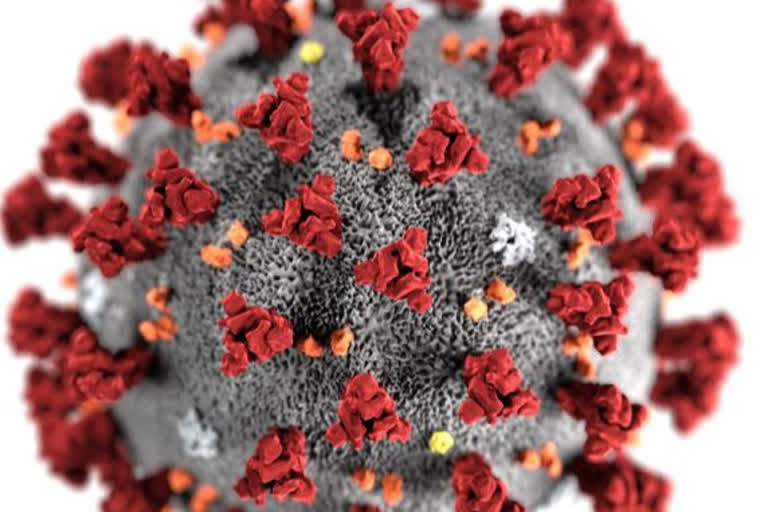Berlin: Scientists have found that the levels of two major air pollutants drastically reduced globally since lockdowns began in response to the COVID-19 pandemic, but a secondary pollutant -- ground-level ozone -- has increased in China.
Two new studies, published in the journal Geophysical Research Letters, found that nitrogen dioxide pollution over northern China, Western Europe and the US decreased by as much as 60 per cent in early 2020 as compared to the same time last year.
One of the studies also found that particulate matter pollution -- particles smaller than 2.5 microns -- decreased by 35 per cent in northern China.
Such a significant drop in emissions is unprecedented since air quality monitoring from satellites began in the 1990s, said Jenny Stavrakou, an atmospheric scientist at the Royal Belgian Institute for Space Aeronomy in Brussels, and co-author of one of the research papers.
The researchers noted that improvements in air quality will likely be temporary, but the findings provide a glimpse into what air quality could be like in the future as emissions regulations become more stringent.
Also Read:Putin's spokesman hospitalised with coronavirus
"Maybe this unintended experiment could be used to understand better the emission regulations. It is some positive news among a very tragic situation," Stavrakou said.
One of the studies, however, found that the drop in nitrogen dioxide pollution has caused an increase in surface ozone levels in China.
Although air quality has largely improved in many regions, surface ozone can still be a problem, according to Guy Brasseur, an atmospheric scientist at the Max Planck Institute for Meteorology in Germany, and lead author of one of the new studies.
